Cost overruns and losses plague Indonesia’s Whoosh high-speed rail
The Whoosh high-speed rail project began as a vision to connect Jakarta and Bandung more efficiently but evolved into one of Indonesia’s most ambitious and debated infrastructure undertakings. The project’s decade-long journey reflects both the promise and pitfalls of large-scale national modernisation efforts.
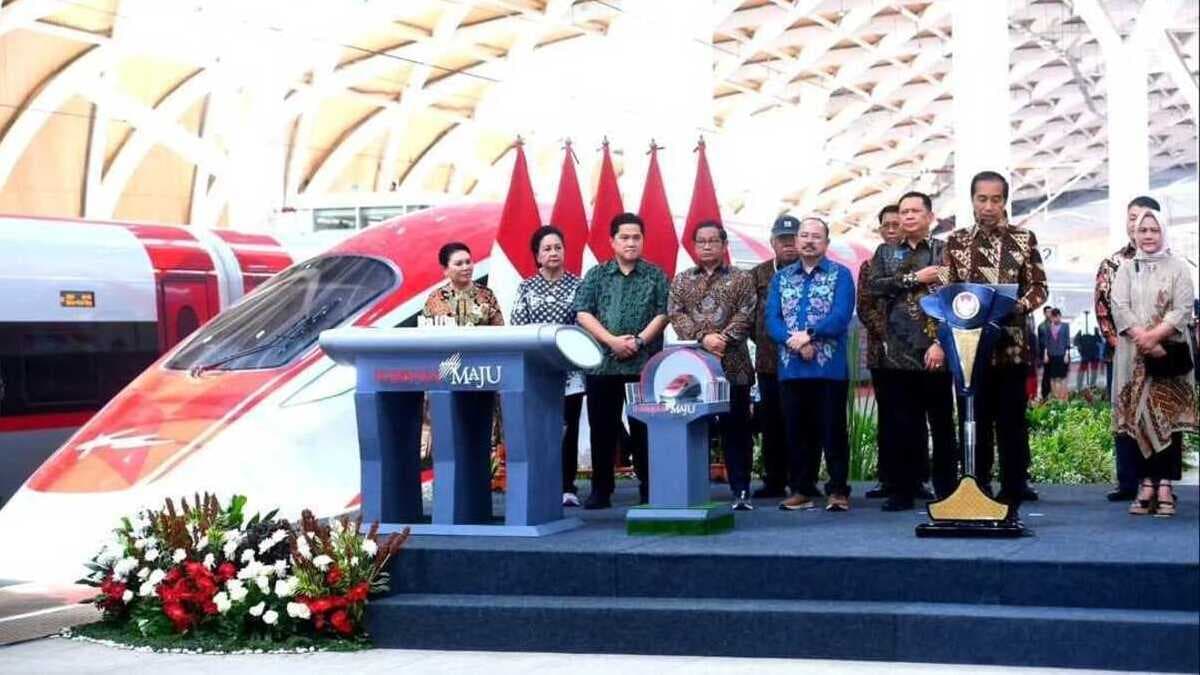
- The Jakarta–Bandung high-speed rail project, known as Whoosh, originated from early proposals in 2011 under President Susilo Bambang Yudhoyono.
- The project became a centrepiece of President Joko Widodo’s infrastructure agenda after Indonesia selected China as a partner over Japan in 2015.
- Despite its symbolic value, Whoosh has faced cost overruns, delays, and ongoing scrutiny from the Corruption Eradication Commission (KPK).
Indonesia’s Whoosh high-speed rail project — linking Jakarta and Bandung — represents both a milestone in the country’s drive toward modern infrastructure and a source of enduring political and financial controversy.
At 142 kilometres long, Whoosh is Southeast Asia’s first operational high-speed railway. It began commercial operations in October 2023 and cut travel time between Jakarta and Bandung to just 45 minutes.
Yet its path from concept to completion has been marked by shifting partnerships, rising costs, and persistent scrutiny from anti-corruption authorities.
Early conception under Yudhoyono
The idea of a high-speed train between Jakarta and Bandung was first explored in 2011 during President Susilo Bambang Yudhoyono’s administration.
At the time, Indonesia was seeking ways to alleviate congestion between its two most economically dynamic regions — the capital city and the growing industrial hub of West Java.
Feasibility studies were commissioned, with early attention from Japan, which proposed the use of Shinkansen technology.
The project initially appeared to align with Japan’s broader engagement in Southeast Asian transport infrastructure, emphasising safety, reliability, and long-term maintenance support.
However, by 2014, progress had slowed as Indonesia grappled with questions over funding models and feasibility.
Jokowi’s revival and the shift to China
When Joko Widodo assumed the presidency in 2014, he made infrastructure development a cornerstone of his administration’s agenda. Reviving the dormant Jakarta–Bandung high-speed rail plan became one of his first major transport initiatives.
In 2015, both Japan and China submitted competing proposals. Japan’s offer emphasised concessional loans with low interest rates (around 0.1 per cent) but required government guarantees.
China, on the other hand, proposed a faster construction timeline and financing through a business-to-business model that excluded direct state guarantees — a crucial factor for Jokowi’s team, which sought to limit fiscal exposure.
Ultimately, Indonesia chose China’s bid, a decision that reshaped the country’s strategic infrastructure partnerships and drew considerable international attention.
The two nations formed a joint venture company, PT Kereta Cepat Indonesia Cina (KCIC), in October 2015.
The consortium combined Indonesian state-owned enterprises — under PT Pilar Sinergi BUMN Indonesia — with China Railway International, backed by financing from the China Development Bank.
President Jokowi laid the project’s foundation stone in January 2016 at the Mandalasari tea plantation in Cikalongwetan, West Bandung. The event marked the symbolic beginning of what was promoted as a showcase of Indonesia–China cooperation under Beijing’s Belt and Road Initiative.
Construction challenges and delays
Despite early optimism, the project soon encountered numerous hurdles. Land acquisition proved more complex than expected, delaying early phases of construction.
Environmental and engineering adjustments were also required to address the region’s uneven topography and densely populated areas.
By 2019, costs had risen significantly, with total project expenditure reaching an estimated US$7.3 billion, far above initial projections.
The Covid-19 pandemic in 2020 further stalled progress, as construction was only about 65 per cent complete by that point.
To accelerate completion, Jokowi issued a decree in 2021 creating the Jakarta–Bandung High-Speed Train Acceleration Team, led by Coordinating Minister for Maritime Affairs and Investment Luhut Binsar Pandjaitan.
The team’s mandate was to resolve coordination issues between Indonesian and Chinese contractors and ensure that the line could open before the end of Jokowi’s presidency.
Inauguration and early operations
Whoosh — an acronym for Waktu Hemat, Operasi Optimal, Sistem Hemat (“Time-Saving, Optimal Operation, Economical System”) — began trial runs in mid-2023 and was officially inaugurated by Jokowi on 2 October 2023.
The president hailed the service as a “leap forward” in modern public transport. “The Jakarta–Bandung fast train marks the beginning of efficient, environmentally friendly, and integrated public transportation in our country,” Jokowi said during the inauguration ceremony.
The line connects four key stations: Halim, Karawang, Padalarang, and Tegalluar, integrating with existing commuter and regional transport networks.
However, financial concerns quickly surfaced. The operating consortium reported heavy losses — Rp4.19 trillion in 2024 and Rp1.63 trillion in the first half of 2025 — largely due to debt repayments and lower-than-expected ridership during the initial months.
Ongoing scrutiny and investigation
The project has also faced questions over its financing transparency and cost structure.
In October 2025, Indonesia’s Corruption Eradication Commission (KPK) opened an investigation into alleged irregularities in the project’s budget and contract processes.
KPK spokesperson Budi Prasetyo confirmed that the probe remains in its data-collection phase but has already involved cooperation with financial and law enforcement institutions.
“The investigative team continues to collect relevant information to uncover the case,” he said on 27 October 2025.
The investigation follows public concerns raised by former Coordinating Minister Mahfud MD, who claimed the project’s cost per kilometre — approximately US$52 million — was disproportionately high compared with China’s domestic high-speed rail costs, which average between US$17 million and US$18 million per kilometre.
Symbol of progress and debate
For supporters, Whoosh symbolises Indonesia’s growing technological capacity and willingness to collaborate internationally on large-scale projects.
It is also viewed as a catalyst for regional economic growth, connecting the capital to the creative and industrial hubs of West Java.
For critics, however, it underscores the risks of rapid development without sufficient oversight or financial safeguards.
The project’s mounting losses and debt burdens have sparked concerns over long-term sustainability and fiscal accountability.
President Jokowi maintains that the investment is justified by its social benefits.
“The basic principle of public transportation is service. It’s not about profit, but about social return on investment,” he said in October 2025.

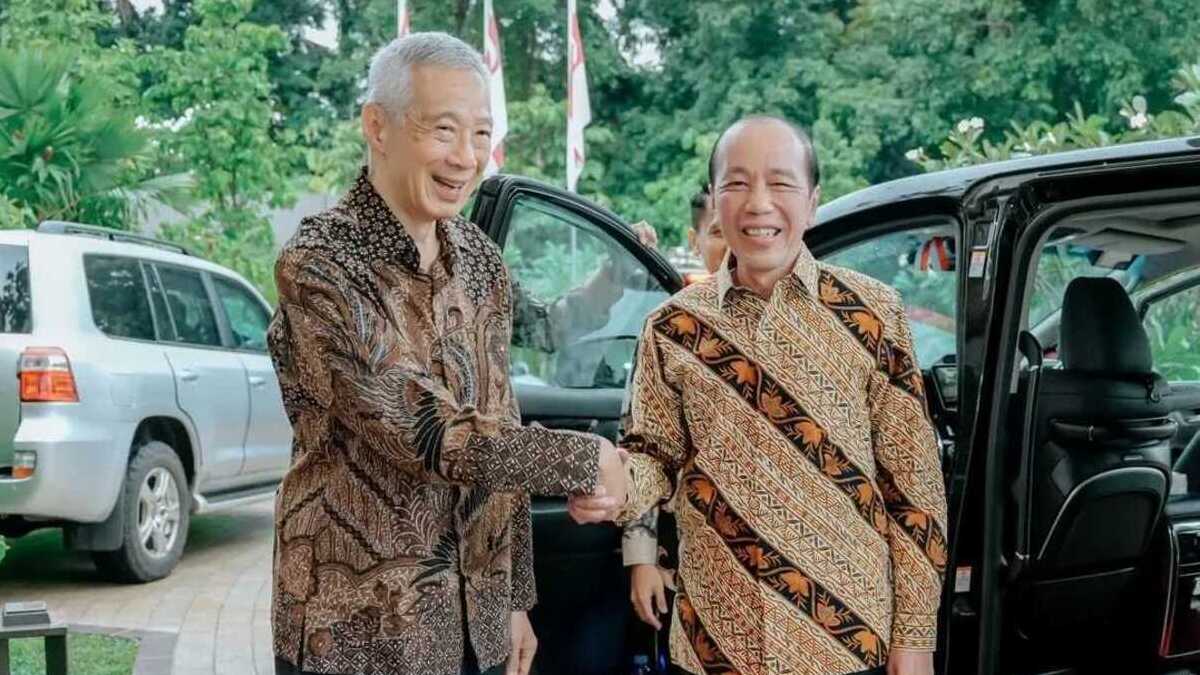
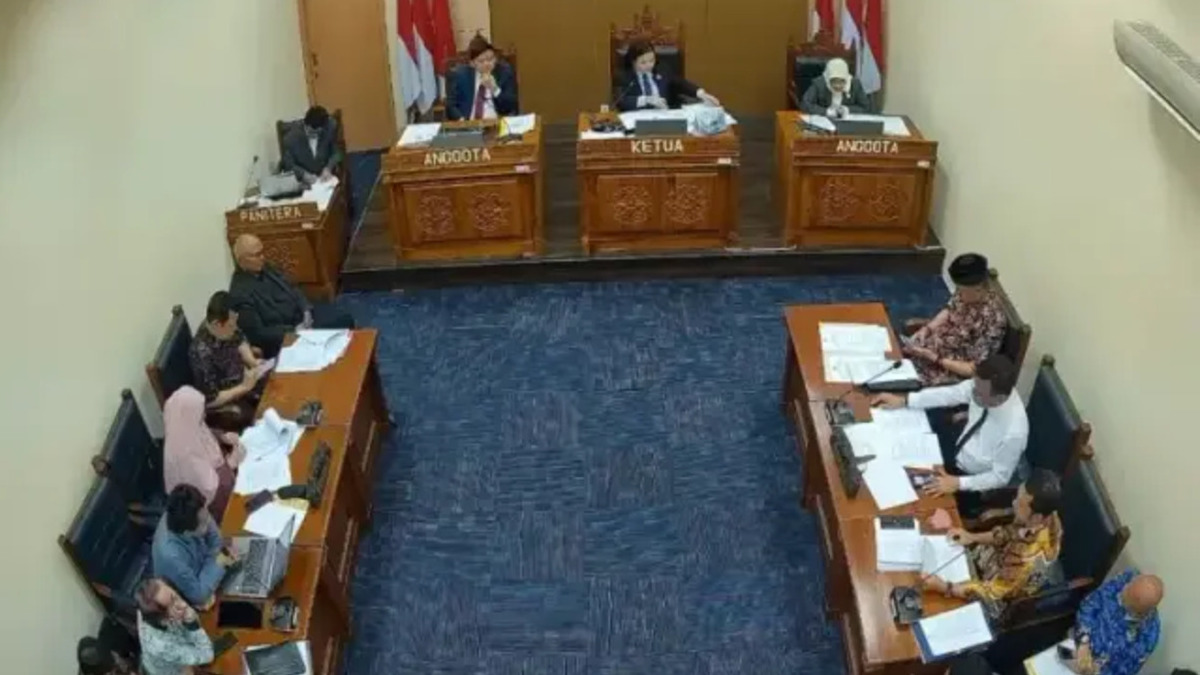

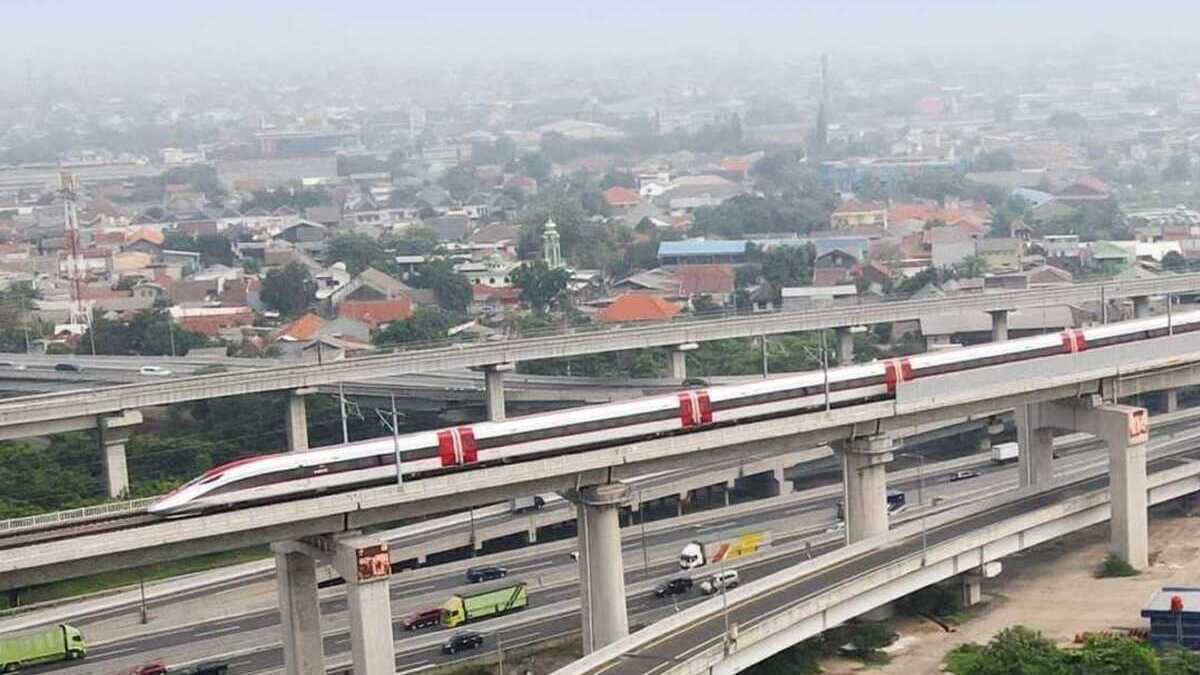

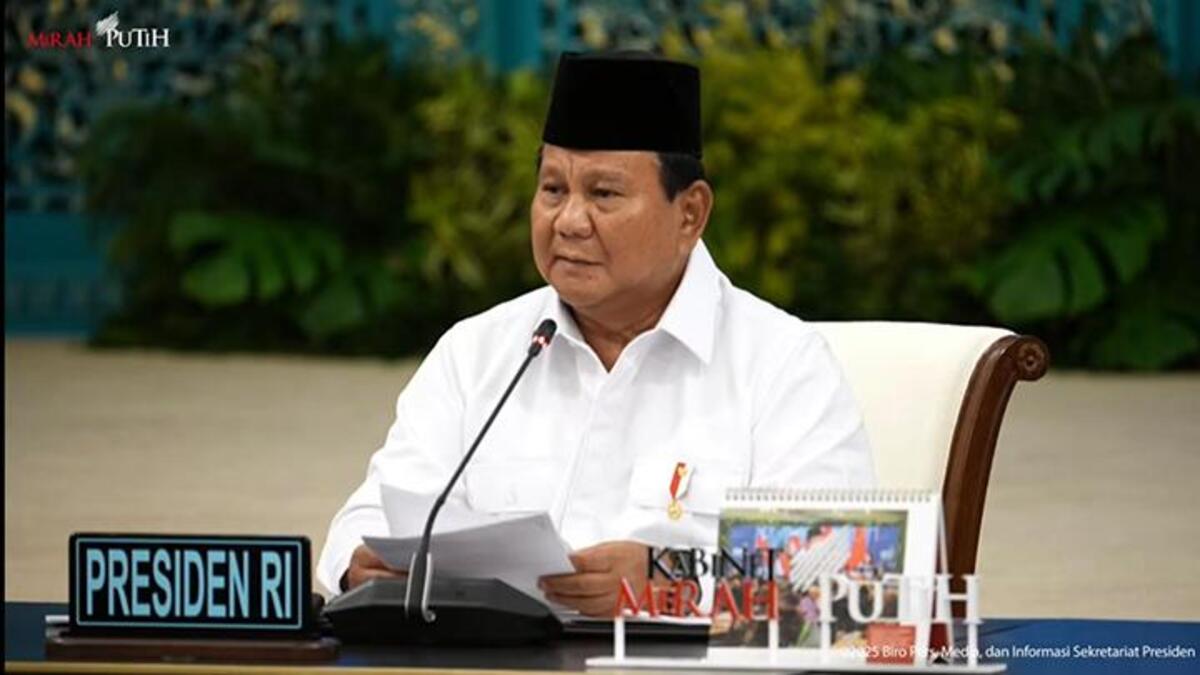



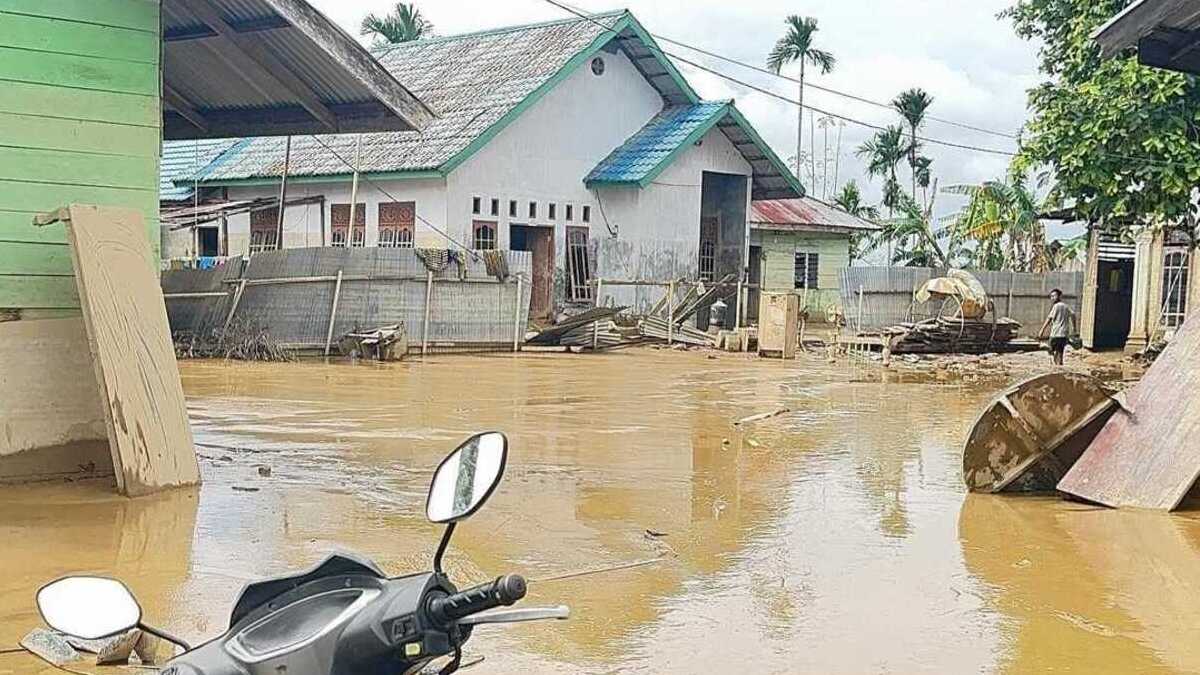

0 Comments